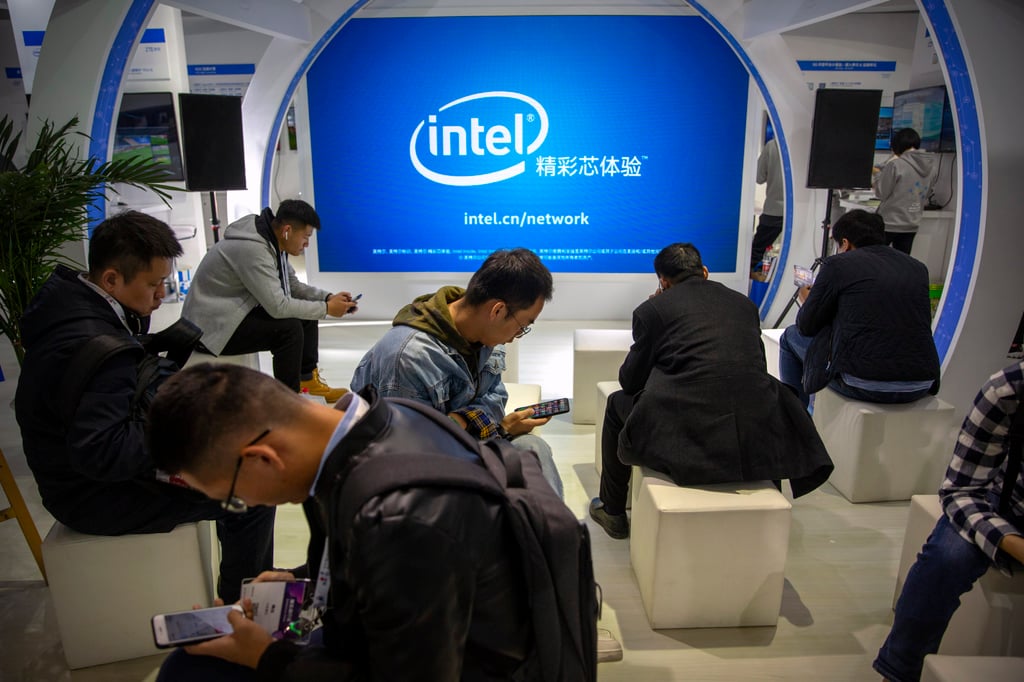Tech war: China bets on RISC-V chips to escape the shackles of US tech export restrictions
- A group of Chinese semiconductor companies have unveiled close to a dozen new chips based on the RISC-V open-source architecture
- Company executives said many of these chips, slated to enter the market in 2023, are designed to rival dominant designs from Intel and Arm

China is betting that an open-source chip design architecture can help the country achieve self-sufficiency in semiconductors, as the US tightens its restrictions over the export of advanced chip technologies and equipment to Chinese entities.
At an industry event earlier this week, 11 Chinese semiconductor companies unveiled their latest chips based on the so-called RISC-V architecture, a sign of China’s accelerating efforts to move away from popular chip design standards controlled by Western companies.
The new RISC-V chips “represent China’s advanced level of integrated circuit (IC) designs”, according to China RISC-V Industry Consortium – a group made up of local RISC-V start-ups and Shanghai-based integrated circuit (IC) design contractor VeriSilicon Holdings.
RISC-V, the 5th generation of reduced instruction set computer created in 2010 by University of California, Berkeley, is open-source, meaning that the source code is publicly available for free.
On the other hand, X86 – the dominant chip design architecture for desktop and laptop computers – is developed by US tech giant Intel Corp, while the design architecture behind most smartphone chips in the world is controlled by British firm Arm.
As China moves to reduce its dependence on foreign technologies, Shanghai became the first in the country to kick-start RISC-V development. In July 2018, as part of a larger package to boost its chip industry, the city introduced specific financial incentives to encourage companies to develop RISC-V processors and related intellectual property (IP) cores.


